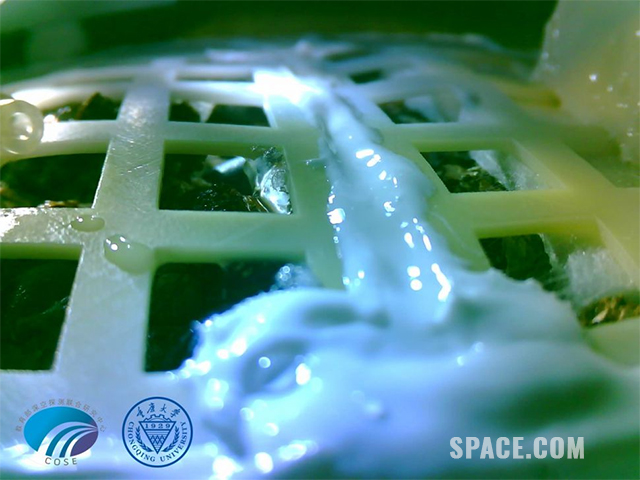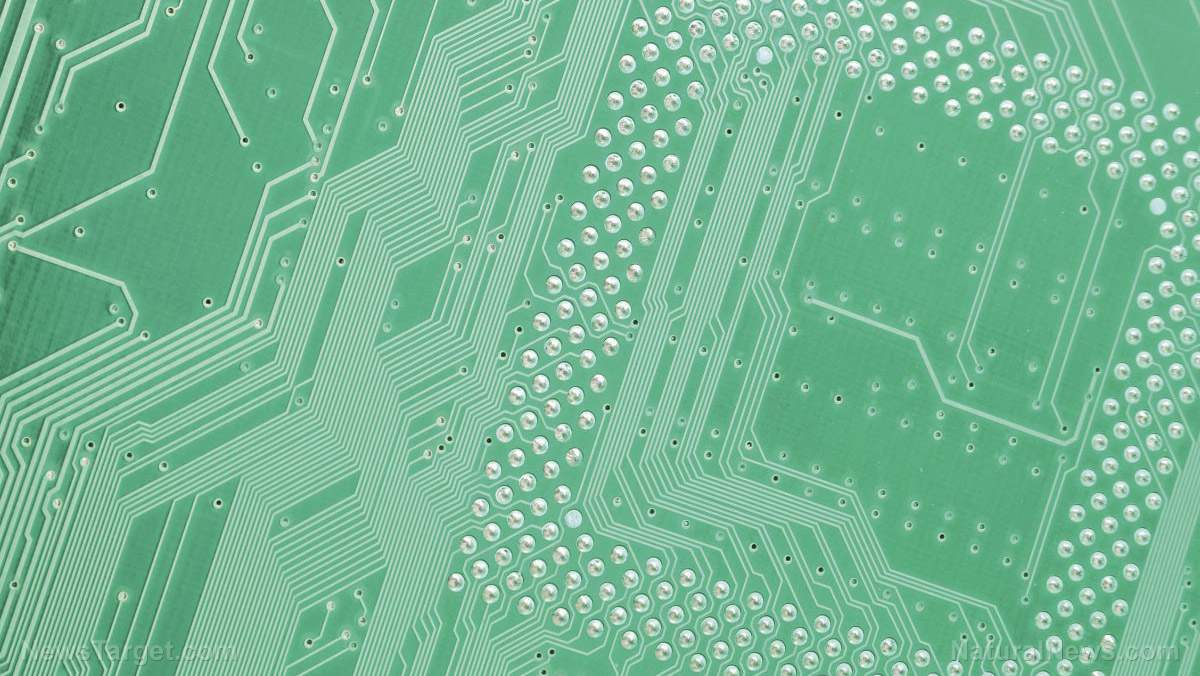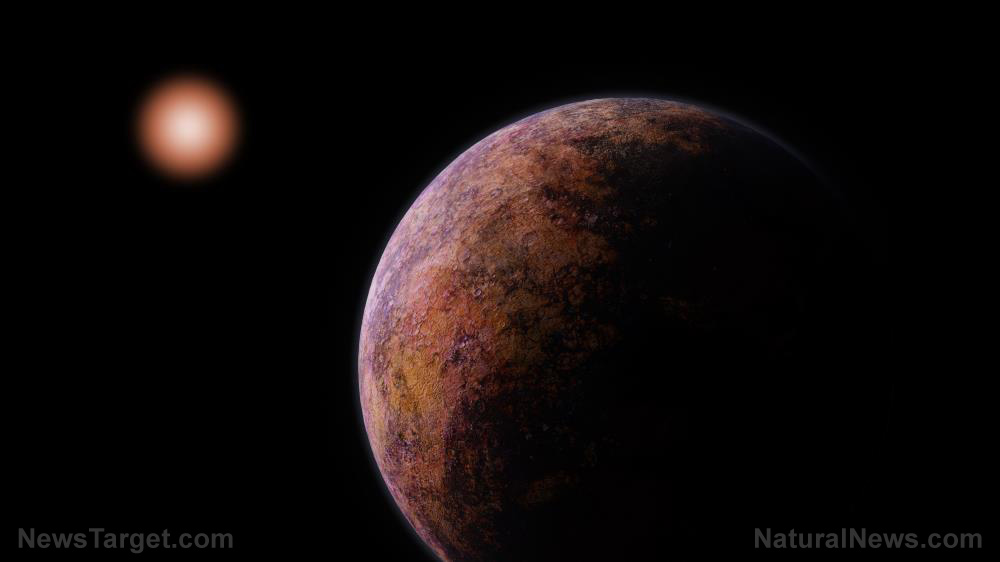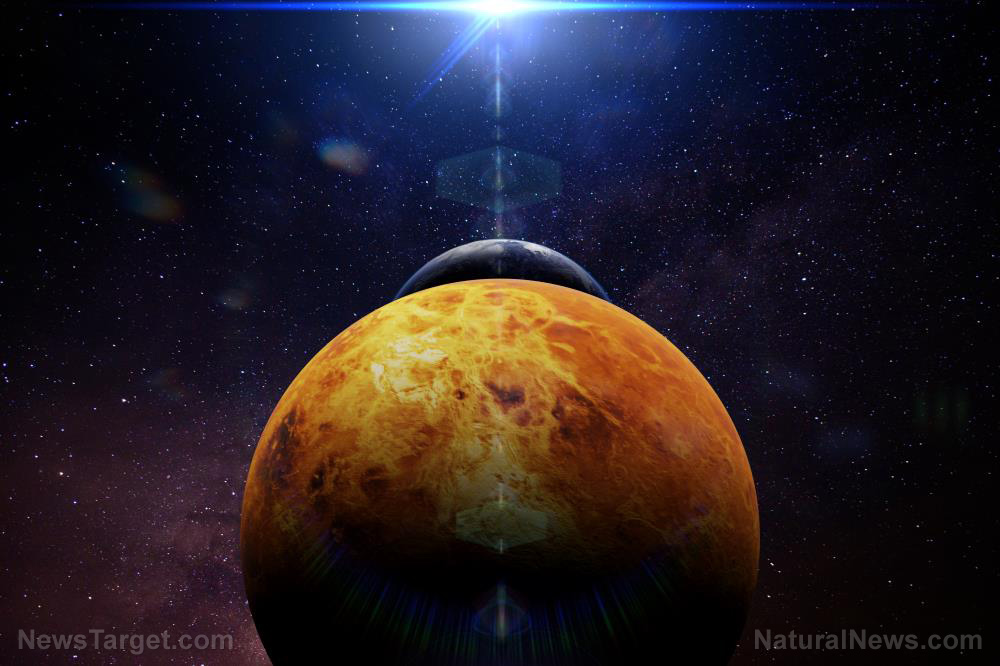Super-sized black holes observed rapidly expanding, engulfing entire galaxies
03/13/2018 / By Edsel Cook

The nightmarish growth of all-devouring super-massive black holes (SMBH) is fueled by the amount of stellar mass in their host-galaxy, reported a Cornell University (CU) research study. The more stars there are, the faster and bigger they grow, rather akin to interstellar parasites.
Earlier studies have proposed that SMBH grow in relation to the combined mass of the stars that comprise a galaxy. Simply put, the more stars are in a galaxy, the more dense it is.
The Cornell University astronomical research team decided to investigate this relation by calculating the black hole accretion rate (BHAR or the speed at which it grows) of super-massive black holes over long periods of time as a mathematical function of host-galaxy stellar mass and redshift over certain ranges.
Redshift is the Doppler effect as applied to light. As a source of light moves further away from an observer, the light it emits must travel a longer distance to reach the observer. As its wavelength stretches itself over increasingly vast distances, the light ‘shifts’ color towards the red end of the visible light spectrum.
The researchers noted that the accretion rate of black holes correspond to the redshift of a galaxy. Redshift dependence is stronger in galaxies with greater mass, which they trace to the luminosity given off by active galactic nuclei (AGNs) at the center of those immense systems.
An AGN is a region at the center of a galaxy that outshines the rest of the system. Much of this luminosity is comprised of non-thermal energy: X-rays, radio waves, and ultraviolet radiation.
Since the fusion-generated light given off by stars is thermal in nature, the non-thermal luminosity of active galactic nuclei does not come from stellar sources. (Related: The search for Earth II: Three new French telescopes are searching the stars for another planet like ours.)
The Unified Model theorizes that the luminosity emitted by AGNs come from super-massive black holes at the core of most galaxies. Black holes are known to generate massive amounts of non-thermal energy, while the halo-like accretion disks of diffused matter that surround them also generate light.
Black holes outgrow stars and devour galaxies
According to the CU researchers, the growth of super-massive black holes are outpacing the rate at which galaxies can produce new stars.
Their research indicated that the ratio between the rate of growth of black holes and the average star formation rate (SFR) goes up as the host-galaxy stellar mass increases. This runs counter to the scenario that the growth of SMBH and galaxies more or less balance each other out.
The researchers note that their calculation matches the redshift observed in local giant elliptical galaxies, which are some of the oldest formations in the universe.
Elliptical galaxies are vast and old galactic systems with faint, depleted stars and little in the way of interstellar dust or gas. The lack of interstellar matter means there are very few stars being born in these galaxies.
All observed giant elliptical galaxies are known to have a super-massive black hole at their very center. Studies have determined that the mass of those SMBH are mutually linked to the mass of their host-galaxy.
The CU researchers suggest that giant elliptical galaxies used to be dense galaxies packed with many bright stars that surrounded a super-massive black hole. As time went by, the SMBH consumed most of the stars and interstellar medium, leaving behind only the outermost stars and material.
The research team also believes that a dense galaxy contains enough matter to form a super-massive black hole. The other known means of forming an SMBH is the merger of two black holes.
Cosmic.News has a lot more articles that are out of this world. Check it out.
Sources include:
Tagged Under: astronomy, black holes, Galaxies, Space, Star, supermassive black holes




















